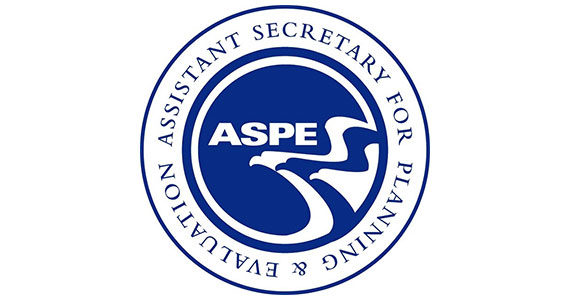Lessons Learned from the Child Welfare and Health Infrastructure for Linking and Data Analysis of Resources, Effectiveness, and Needs (CHILDREN) Initiative
INTRODUCTION
Linking data across public systems is beneficial for a multitude of reasons including care coordination, improving research on populations engaged with multiple public services, and improving program integrity. The Child Welfare Health Infrastructure for Linking and Data Analysis of Resources, Effectiveness, and Needs (CHILDREN) Initiative is a five-year project funded by the Health Care Fraud and Abuse Program, run by the Office of the Assistant Secretary for Planning and Evaluation (ASPE) and implemented by Mathematica. The CHILDREN Initiative assists jurisdictions with linking child welfare and Medicaid data to improve their data infrastructure and service systems. This multi-phase project (shown in Figure 1) has todate recruited site partners in the District of Columbia, Iowa, Oregon, and Wyoming. After having assessed initial capacity for data linking, at the time of publication we are currently determining the feasibility of each site’s ability to link child welfare and Medicaid data and implement analytic use cases to improve service delivery, program integrity, and evaluation efforts.
One of the key features of building successful data linking efforts is identifying and bringing together the right collaborators across programs. Using the four jurisdictions engaged in the CHILDREN initiative as case studies, this brief presents what we have learned thus far regarding the range of collaborators involved in developing a strategy for building data infrastructures and sustainably linking data across programs. We also discuss approaches that help increase engagement by participating agency staff. These interim lessons can assist other entities hoping to embark on their own data linking efforts between child welfare and Medicaid systems, and likely for other efforts to link other human services and health data. We expect these lessons to be useful to identify and engage a range of collaborators and strategize how to best conceptualize the scope and uses of linked data.
DATA LINKING EFFORTS BENEFIT FROM HAVING TEAMS REPRESENTING A MULTITUDE OF DEPARTMENTS AND ROLES
Assembling the initial site teams for developing data linking strategies was an iterative process that required closely working with the sites to identify collaborators who could bring the knowledge and leadership needed concerning data processes and program management. Every jurisdiction has different organizational structures, statutory authorities, and personnel responsible for data management across agencies. For example, some jurisdictions have centralized data and information technology (IT) departments that assist agencies and programs across government, while others have data and IT staff embedded within individual agencies or programs (e.g., child welfare and Medicaid).
The early phases of the CHILDREN Initiative included recruitment, capacity assessments, and the beginning of the feasibility assessments. Throughout these phases, each site collaborated with the federal project team to identify and engage individuals across child welfare, Medicaid, and other relevant government agencies. Each site team is developing a strategy to create sustainable linked data infrastructure and use these data to address analytic and information needs across these agencies. As the project continues, each site will remain open to including additional collaborators to accomplish project goals.

